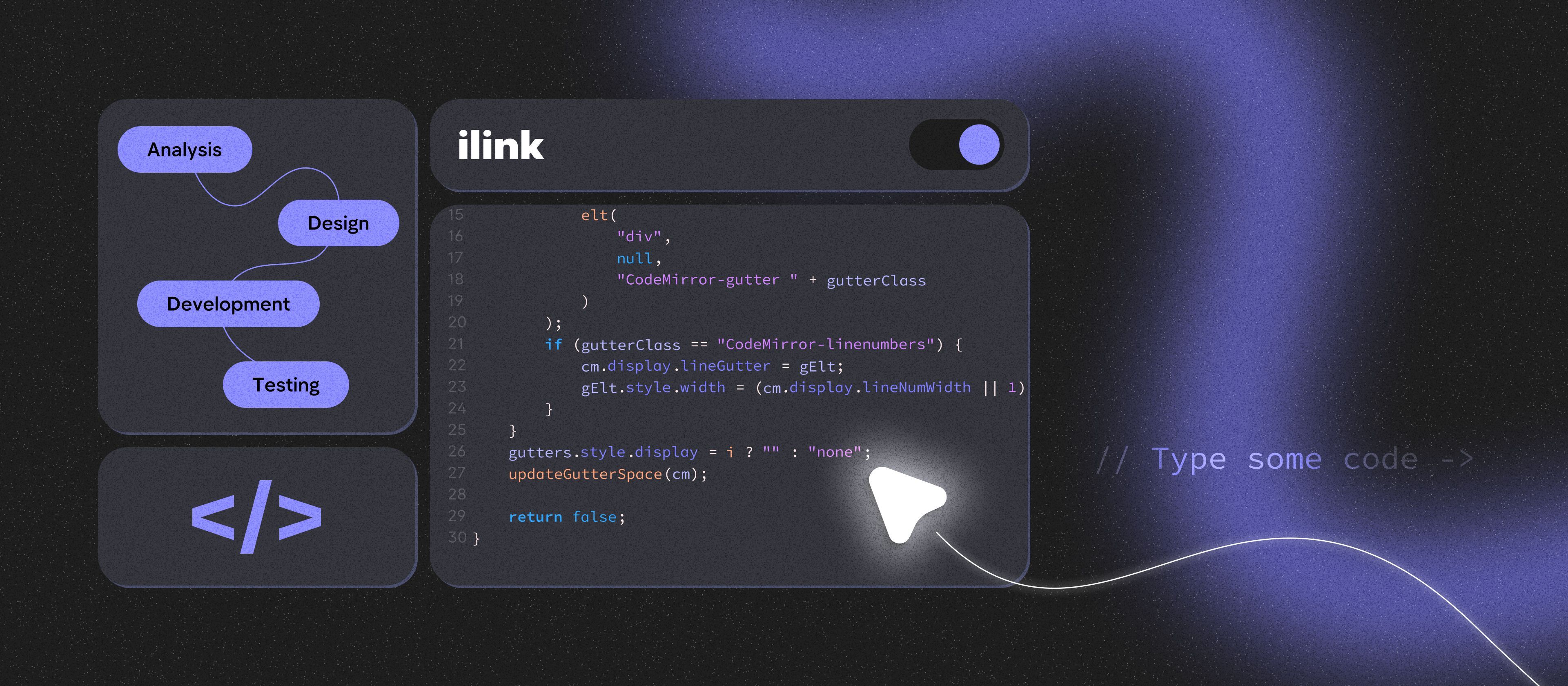Choosing Between IT Outstaffing and Outsourcing: What's Right for Your Business?
Introduction
In today's rapidly evolving digital landscape, businesses often face the challenge of scaling their IT capabilities efficiently. Two popular strategies to augment IT capabilities are outstaffing and outsourcing. Understanding the distinctions between these approaches and their strategic implications is crucial for making an informed decision that aligns with your business objectives.
Understanding IT Outstaffing
Definition and Key Features.
Outstaffing in IT is a model where a client company hires external staff who remain legally employed by the outstaffing provider. This model extends the client's workforce without the administrative and HR burdens associated with direct employment. The external staff report directly to, and work under the supervision of, the client company's managers, essentially acting as full-time employees.
Detailed Benefits.
- Direct oversight. The client retains direct control over the work process, setting priorities, and directly managing the outstaffed personnel, ensuring that the development aligns closely with company standards and objectives.
- Integration with internal teams. Outstaffed employees can integrate deeply with the company’s existing teams, participating in regular meetings, training sessions, and corporate culture initiatives, which promotes a unified team dynamic.
- Cost efficiency. This model can reduce costs related to hiring, benefits, and office space, as these are managed by the outstaffing provider. It's particularly cost-effective for long-term projects where continuity and deep knowledge of the product are essential.
Ideal Use Cases.
- Continuous development projects. For projects where ongoing development and maintenance are required, such as software as a service (SaaS) platforms.
- Expansion of technical capabilities. When a company needs to expand its technical capabilities quickly but wants to avoid the complexities of hiring new full-time employees.
- Special projects. Long-term projects that benefit from having a dedicated team focused solely on that task, ensuring consistency and expertise.
Understanding IT Outsourcing
Definition and Key Features.
IT outsourcing involves contracting out IT services or projects to a third-party provider who manages all aspects of the work. This approach can encompass everything from software development to entire IT functions, such as network management or data center operations.
Detailed Benefits.
- Access to global talent and advanced technologies. Outsourcing gives businesses access to a global pool of talent and the latest technologies without the need for internal training or investment.
- Focus on core business functions. By outsourcing IT functions, companies can focus their internal resources on core business activities, improving overall productivity and efficiency.
- Scalability and flexibility. Outsourcing allows companies to scale their IT operations up or down quickly based on business needs, which is particularly useful for handling fluctuating workloads or exploring new business areas without long-term commitments.
Ideal Use Cases.
- Project-specific work. For projects that require specialized skills that are not needed on a long-term basis, such as migrating to a new platform or implementing a new ERP system.
- Cost reduction initiatives. When a company needs to reduce operational costs, outsourcing can provide a more economical solution by eliminating the overhead associated with full-time employees.
- Innovative or pilot projects. For testing new ideas where the company may not have the in-house expertise or does not want to distract the core team from their primary responsibilities.
Key Factors to Consider When Choosing
When deciding between IT outstaffing and outsourcing, businesses should consider several critical factors to ensure they choose the option that best aligns with their strategic and operational goals:
Nature of the IT Work
- Complexity. More complex projects might require closer integration with an outsourced team who can provide comprehensive project management and a multifaceted skill set.
- Core vs. non-core. Determine whether the IT work is a core component of your business. Core activities might benefit from outstaffing to maintain greater control, while non-core activities can be outsourced to free up resources.
Resource availability
- Assess the availability of internal resources and whether there is a need to supplement with external talent. Outstaffing is ideal when existing teams need expansion but can manage additional members, whereas outsourcing is suitable when internal resources are scarce or fully allocated.
Management bandwidth
- Consider the management capacity to handle additional team members. If the internal management structure is already at capacity, outsourcing might be a better option as it requires less direct oversight compared to outstaffing.
Speed of scaling
- Evaluate how quickly you need to scale your operations. Outsourcing can typically scale faster as it leverages the established capabilities of the provider, while outstaffing might take slightly longer to integrate new members into existing teams.
Intellectual property (IP) security
- Consider the sensitivity of the information involved in the project. Outstaffing may offer tighter control over IP since the work is done under direct supervision, potentially reducing risk.
Cost implications
- Analyze the cost implications of both models, considering not only the direct costs but also the indirect costs related to recruitment, training, and infrastructure.
Pros and Cons Comparison
Outstaffing.
Pros:
- Control and oversight. Offers more direct control over the work process and decision-making.
- Team integration. Employees can become more integrated with the company’s culture and processes, which can enhance team cohesion.
- IP security. Potentially higher security and confidentiality over project details due to closer oversight.
Cons:
- Resource management. Requires more effort in terms of management and integration into the company’s existing processes.
- Slower scaling. Might not be as quick to ramp up if the need for expansion is immediate and large-scale.
Outsourcing.
Pros:
- Quick setup and execution. Faster to initiate and scale, as the outsourcing provider manages the bulk of administrative and HR tasks.
- Access to expertise. Provides access to a wider array of skills and technologies immediately, which might not be readily available in-house.
- Reduced direct oversight. Less daily management is required from the client side, which can free up internal resources for other strategic tasks.
Cons:
- Less control. Clients have less control over the day-to-day management of the project and less interaction with individual team members.
- Cultural and communication challenges. May face challenges in communication and cultural alignment, especially if outsourcing offshore.
- Potential for hidden costs. While initially seeming cost-effective, outsourcing can incur additional costs related to contract variations or scope changes.
Making the Decision
Decision-Making Framework.
Consider factors such as the need for specialized skills, project duration, budget, and your capacity to manage external teams. Using a decision matrix to weigh these factors against each approach can help clarify the best choice for your situation.
The choice between outstaffing and outsourcing should be guided by your specific business needs, project requirements, and strategic goals. Both approaches offer distinct advantages and can significantly enhance your IT capabilities when chosen wisely.
Comments (0)
Latest Posts
When a business should create own cryptocurrency? In this article, we'll discuss the types of cryptocurrency, how to launch, and where crypto generates the most income.
Why businesses need custom web solutions designed for growth - From profitable SaaS platforms to fintech and marketplaces.
Do You Have Any Questions?
Leave your details - we will contact you to answer all your questions




